CBRE Survey: Global Investors Keen on ’17
The majority of respondents indicated that they plan to either increase or maintain their level of buying activity compared to 2016.
By Barbra Murray, Contributing Editor
Los Angeles—Overall, the investment world has a notably optimistic outlook on commercial real estate this year, according to commercial real estate services firm CBRE Group Inc.’s Global Investor Intentions Survey 2017. There is $1.7 trillion of dry powder in the wings for investment in real estate this year, compared to the $1 trillion in capital that was projected to target the market in 2016.
“This time last year, investors were reeling from the volatility in world stock markets, now they are seeing equities reach record highs and economic sentiment is positive,” Chris Ludeman, global president capital markets with CBRE, said in a prepared statement. “Although there is uncertainty about the direction that economic policy will take, there is also a growing anticipation that changes will unlock growth.”
The majority of respondents indicated that they plan to either increase or maintain their level of buying activity compared to 2016, and the 40 percent of that majority who plan to spend more, greatly exceeds the 16 percent who expect to spend less.
Per the survey, North America is at the top of global real estate players’ list for investment activity. The region stands alone this year, having shared the spotlight with Europe in 2016. Within North America, Los Angeles holds onto its position as the top target city, and Dallas moves up a spot, pushing New York City out of the number two position. And in Europe, the Middle East and Africa, London continues to be investors’ main target, despite Brexit-induced uneasiness, as does Sydney in Asia Pacific.
As for property type, office still maintains the leading role; the asset class is the preference of 26 percent of respondents. Logistics captured the favor of 22 percent, followed by multifamily with 21 percent. Preference for retail plummeted from 21 percent in 2016 to just 12 percent this year.
So, who’s buying? According to the survey’s ranking of the different investor classes by percentage of the total planned capital expenditure, fund/asset/investment managers have the deepest pockets with 33 percent, followed by private property companies with 11 percent. Developers, listed property investment companies/ REITs and private equity firms/venture capital each account for 9 percent.
While investor sentiment is positive, there are still concerns, the biggest of which is an undefined “global economic shock,” capturing 22 percent of the list of worries. “Faster than expected rises in interest rates” follows closely at 21 percent, compared to just 10 percent last year, an increase that marks the biggest change in the list from 2016.
Ultimately, however, any concerns are outweighed by confidence. “While there are some clouds on the horizon–emerging market debt looks problematic as does Greece’s financial situation–economic momentum, alongside the yield advantages of property as an asset class, should ensure another year of substantial capital flows into global real estate,” Ludeman concluded.

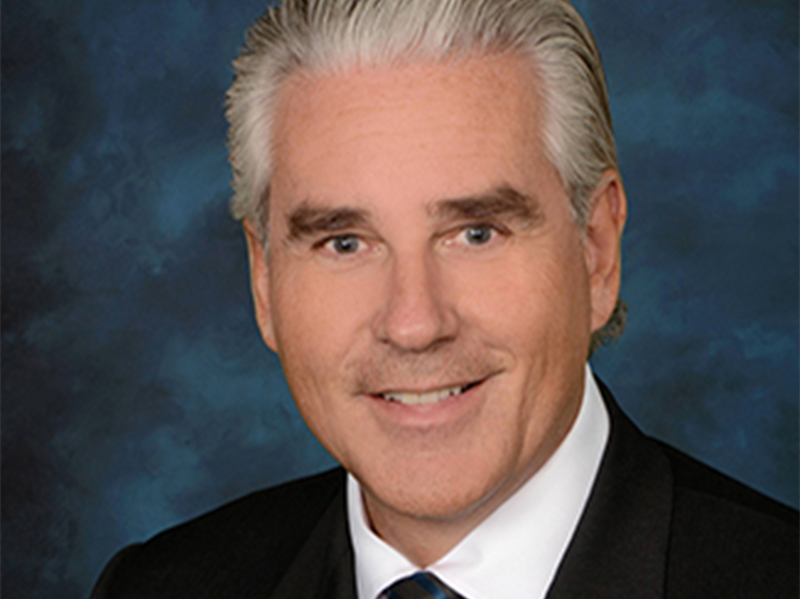
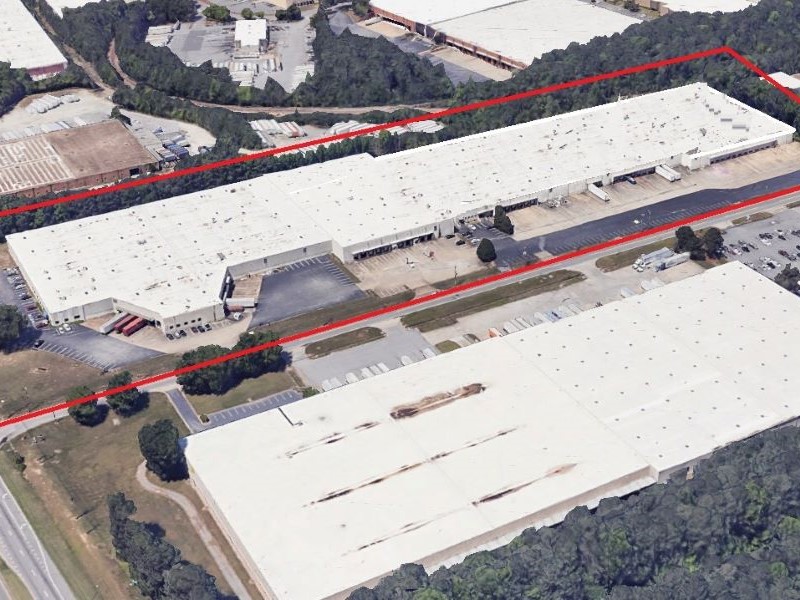
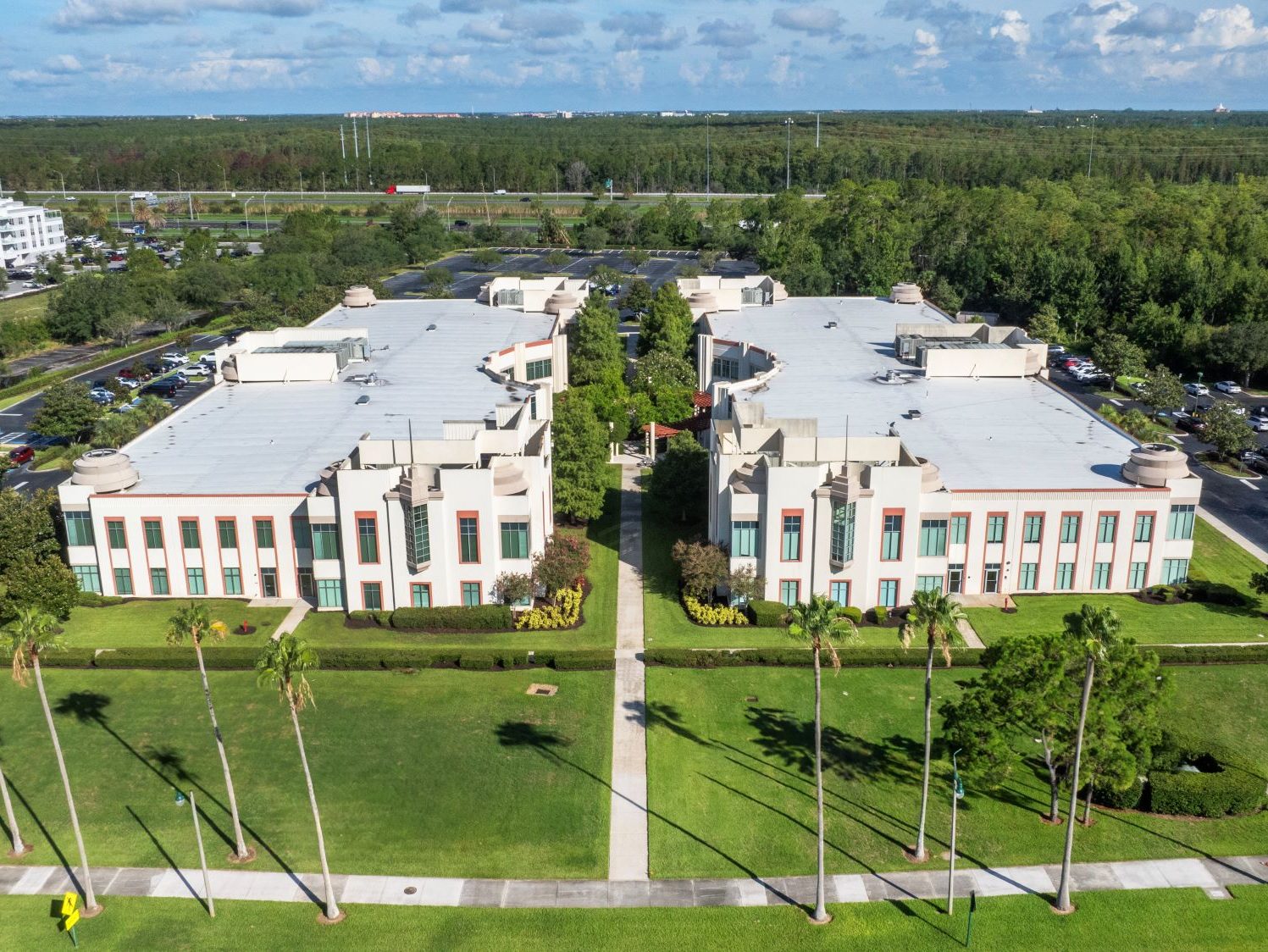
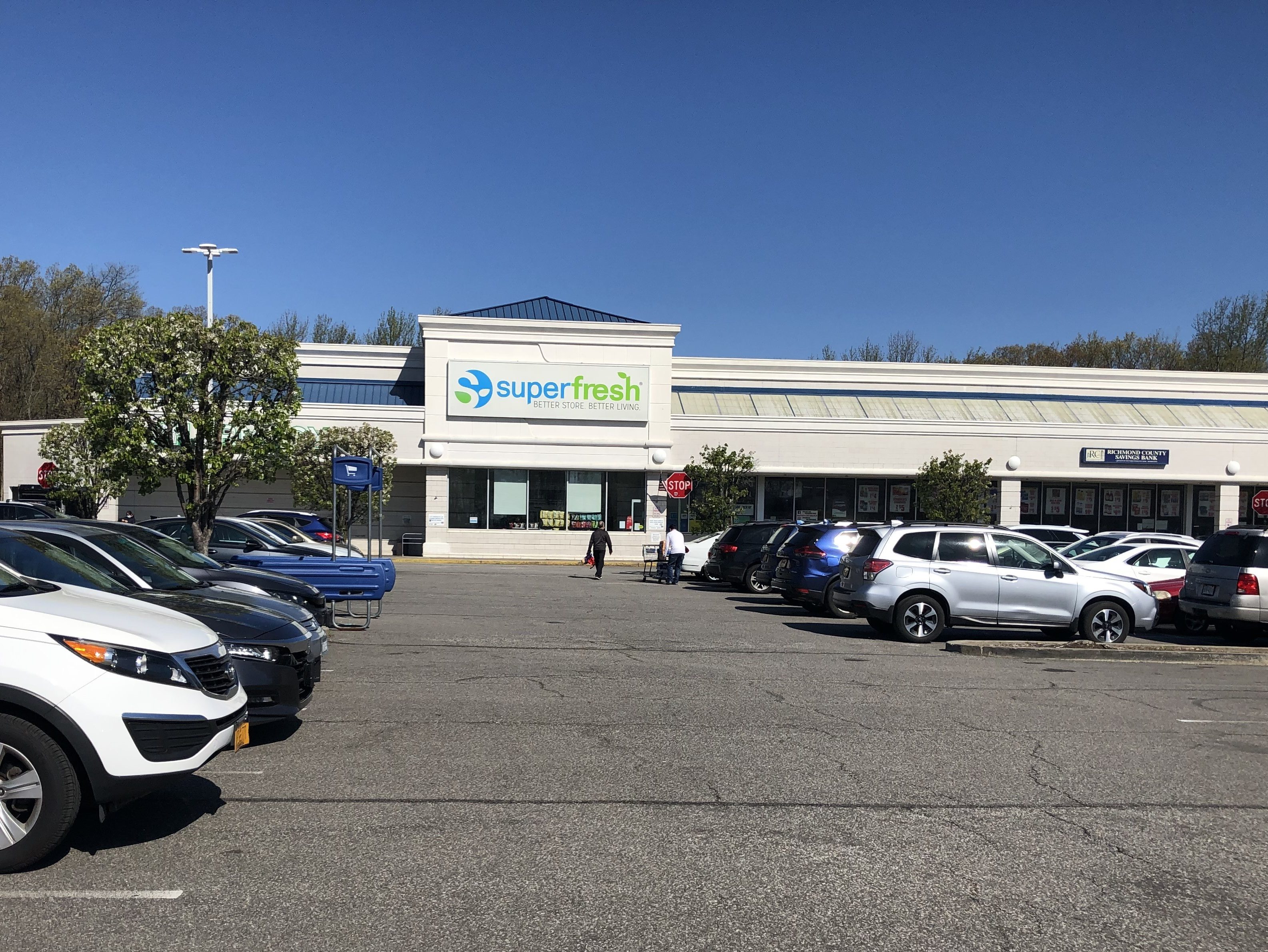
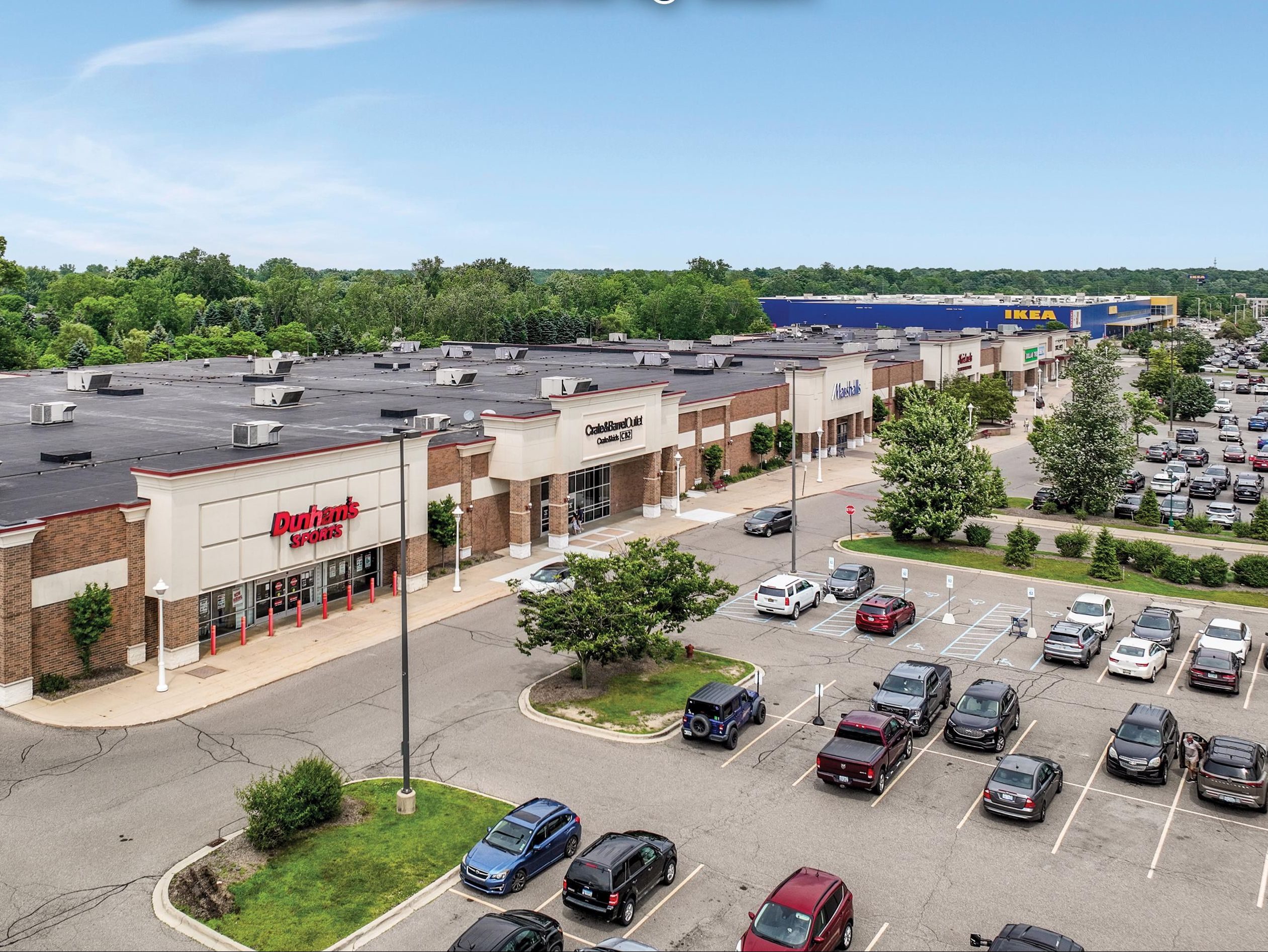
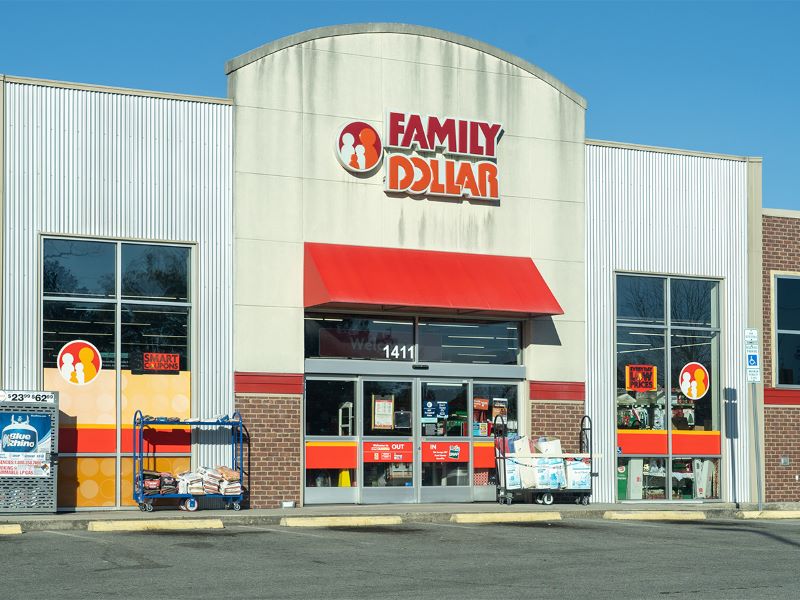
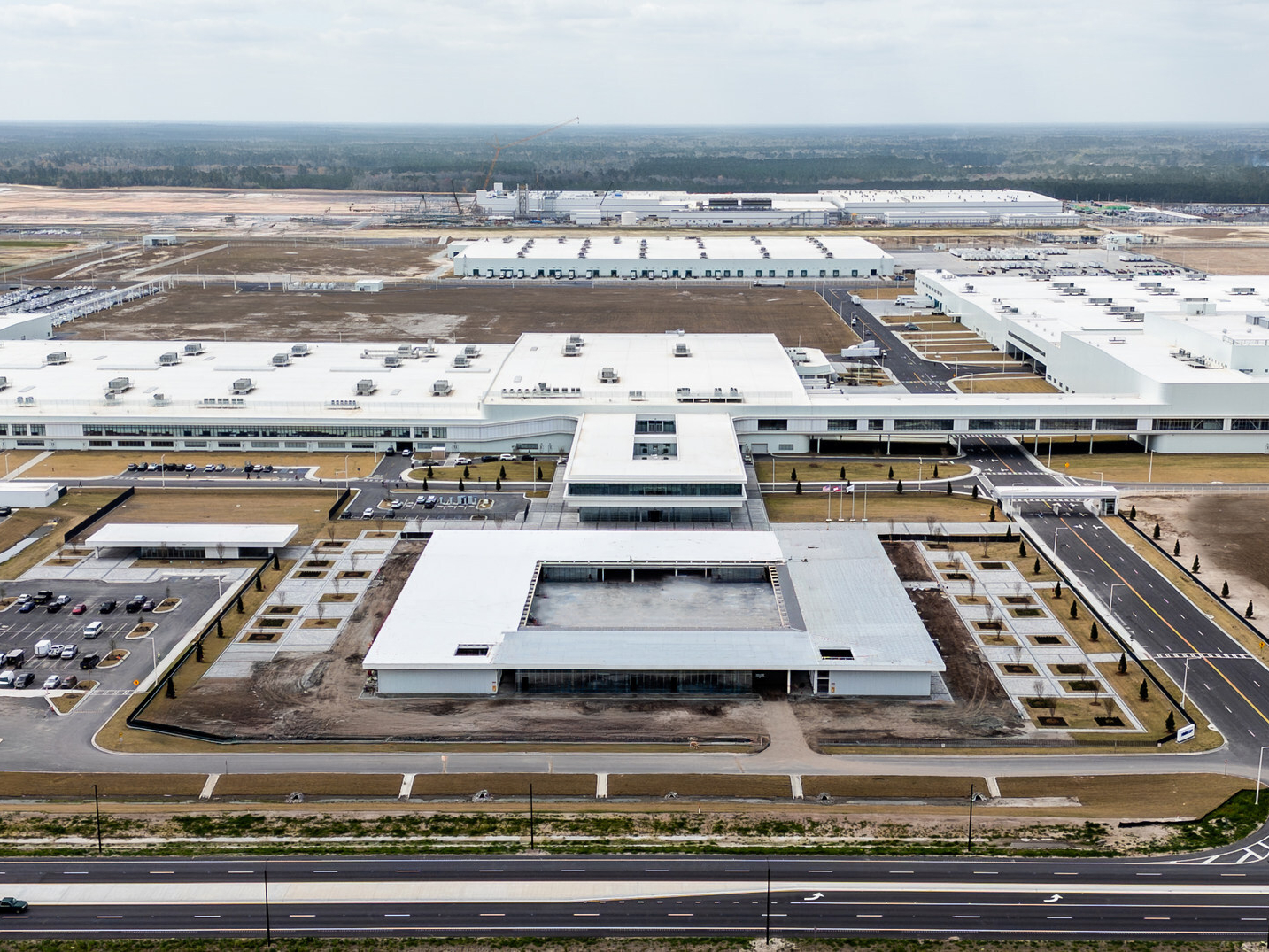
You must be logged in to post a comment.